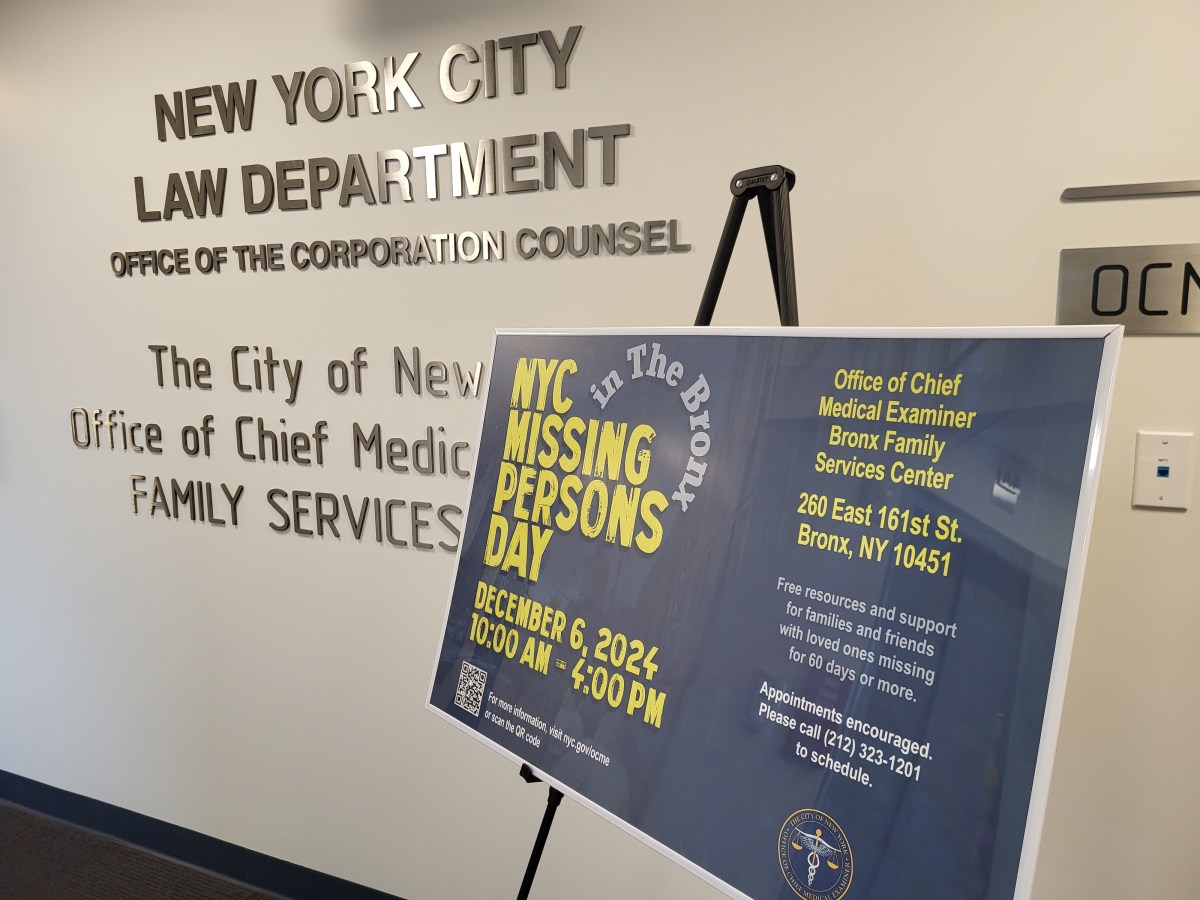The headlines were ominous:
As many as 1 million plant and animal species are at risk of extinction, many within a few decades.
But the finding, while shocking, is not alarmist. The new UN report is based on exhaustive research from hundreds of experts and thousands of scientific studies. It’s the most comprehensive look ever at Earth’s shrinking biodiversity.
And it shows beyond doubt that this matters vitally, to all of us.
The report catalogs epic destruction, mostly at the hands of us 7 billion humans. We farm, mine, log, fish, poach, pollute, reduce natural habitats, spread invasive species and exacerbate climate change. We have significantly altered three-quarters of Earth’s land and two-thirds of its oceans, and 85 percent of our wetlands are gone. Our appetite is insatiable. We’ve fished 60 percent of marine species to near-collapse. The UN says flatly our harvest of crops, fish and minerals is not sustainable. The average abundance of native species has declined by more than 20 percent.
We work to preserve iconic species like elephants, by banning the sale of ivory. But the greater danger is the threat to ecosystems around the world that are essential to the survival of the people living in them.
As the Amazon rainforest shrinks from expanded cattle ranching and agriculture, so does its capacity to absorb carbon dioxide and slow global warming. As coral reefs die, tourism and fisheries in Australia and the Caribbean are harmed. Vanishing wetlands no longer purify water or protect from storms. Fewer exotic tropical plants mean fewer medicines made from them. Declines in bees and other pollinators put hundreds of billions of dollars of crops at risk. Mosquitoes and other insect pests expand their range as temperatures warm, bringing new diseases that harm plants and people.
Indigenous people and local communities, intimately tied to the land, are better managers of it than corporations or national governments, the UN says. But the powers are in control and must learn from these stewards how better to respect our precious resources. Because barring what the report calls transformative change, the negative trends will continue.
We are capable of change. Governments have helped species like the bald eagle and Arabian oryx recover. They can strengthen environmental protections, enforce laws against poaching, set quotas on fishing, pass legislation to reduce trafficking of endangered species, and cooperate to reduce global warming. Farmers and ranchers can learn new ways to produce more on less land and adopt best practices on water management, soil erosion and pollution runoff.
There’s a lot each of us can do, too, beyond educating ourselves and donating to groups fighting extinction. Consume less, waste less food, reduce water use, eat less beef, don’t use pesticides, grow native plants, limit plastic purchases, recycle, buy sustainable products, turn off lights.
More than a half-million land species of the world’s estimated 8 million overall lack the natural habitat needed for their long-term survival. Make no mistake, our fate is tied to theirs. We have to get this right, because our future is also on the line.

































